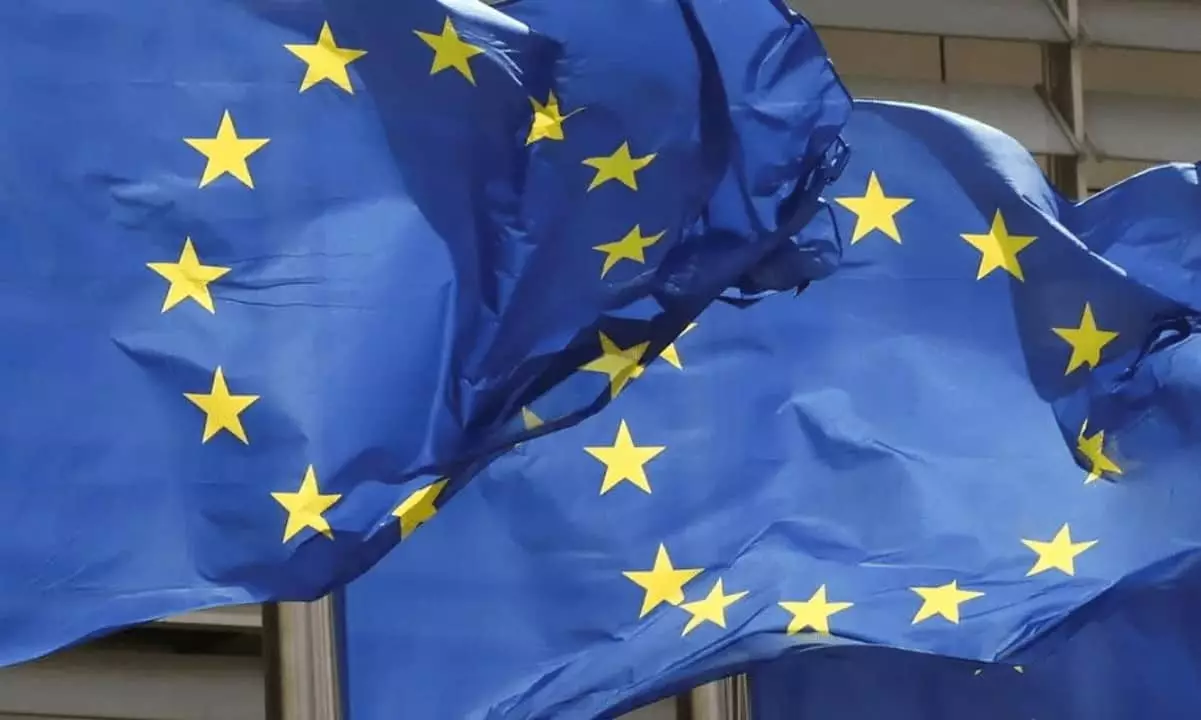Six months after Europe’s landmark crypto regulation, MiCA, officially took effect, a question looms heavy: has it truly set the stage for a more secure and transparent digital economy, or is it merely an bureaucratic overreach that stifles innovation? While proponents hail MiCA as the long-overdue framework that will bring order to chaos, critics warn it risks suffocating the very growth it aims to facilitate. As the European Commission accelerates its push to regulate a volatile sector, the landscape is shifting—not necessarily in favor of consumers or small players, but primarily serving the interests of established financial institutions and bureaucratic control.
Progress and Shortfalls: A Limited Journey Towards Mainstream Adoption
In the six months since implementation, the progress has been measurable yet modest. The issuance of licenses to just 14 stablecoin providers across select nations like France, Germany, and Malta is an indication that the framework is still playing catch-up rather than leading. These licenses cover a narrow spectrum of assets, and the lack of activity in asset-referenced tokens (ART) signals a concerning stagnation in innovation. If anything, the regulatory environment appears to be discouraging new entrants rather than catalyzing their emergence. Big names such as Coinbase and Kraken have successfully navigated the licensing process, but this “elite club” of licensed entities highlights a broader pattern: only well-capitalized, resource-rich companies can afford the compliance grind.
Regulatory Bottleneck: Who Really Gains From the Red Tape?
One cannot ignore the irony: the regulatory focus seems skewed toward control rather than protection. While over 35 firms have faced non-compliance issues, mostly flagged by Italy’s CONSOB, it’s yet to be seen whether the rules favor innovation or entrench existing market power. Larger firms—be they established banks, fintech giants, or crypto veterans—are better positioned to absorb compliance costs and navigate bureaucratic hurdles. Smaller startups, swimming in uncertainty, risk being pushed out of the race altogether. This raises fundamental questions about the true spirit of regulation: should it empower consumers and newcomers, or merely reinforce the dominance of entrenched players?
Market Impact: Is the Promise of Growth Realistic?
Projections paint an optimistic future–a potential rise to a $1.2 trillion market by 2025, with stablecoins leading the charge and increased investor confidence. But a closer look challenges this rosy picture. A study predicts that 80% of exchanges must overhaul compliance frameworks, with a significant chunk facing higher operational costs. This compliance burden could drive consolidation, reducing competition and innovation. Moreover, the anticipated boost in stablecoin market capitalization hinges on regulatory approval and investor trust, both of which are still in nascent stages. The gap between regulatory ambition and market reality remains substantial.
Is MiCA a Step Toward Legitimacy or a Path to Restriction?
From a centrist-liberal perspective, MiCA’s strengths lie in bringing much-needed clarity and reducing fraud, which is vital for wider adoption. However, the law’s heavy-handed approach risks turning the EU into a closed shop, rewarding compliance at the expense of outreach and innovation. For every firm that benefits from a clearer playing field, many others will struggle under the weight of regulatory costs and bureaucratic inertia. This scenario could dampen Europe’s competitive edge, pushing promising crypto firms to meno regulated but more innovative jurisdictions.
Final Reflection: An Overcorrection or a Necessary Evolution?
It’s clear that Europe’s regulatory push aims to lend credibility and stability to a nascent industry. But in doing so, it must guard against strangling its growth in red tape. For those who value growth, entrepreneurial spirit, and technological progress, MiCA currently feels more like an overcorrection—an attempt to control a chaotic frontier that might suppress the very innovation that makes crypto compelling. Balancing regulation and innovation remains Europe’s greatest challenge, and it’s one where the stakes could define the future of the digital economy.

